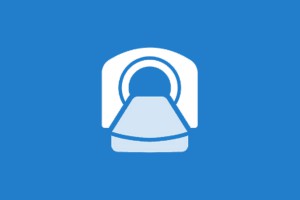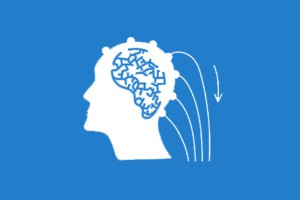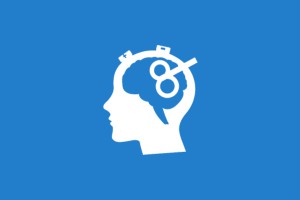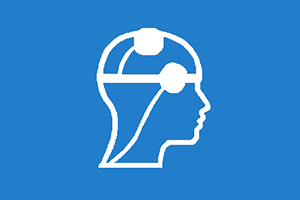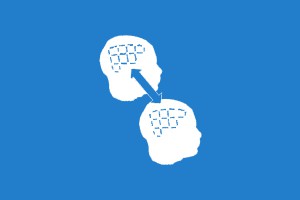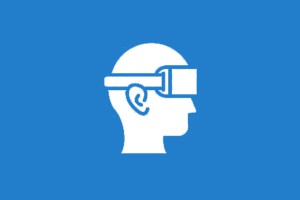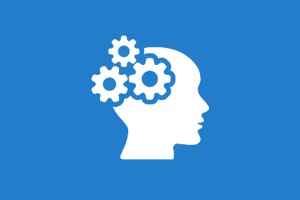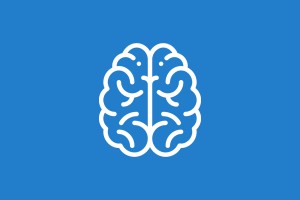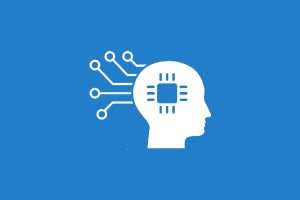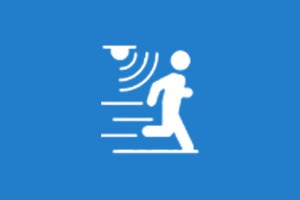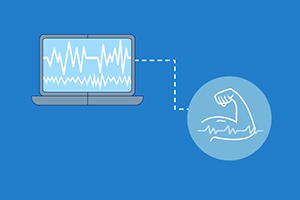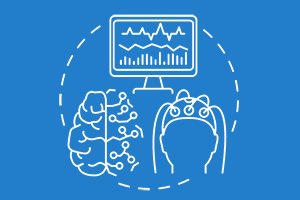خدمات و تجهیزات
آزمایشگاه ملّی نقشه برداری مغز به منظور پاسخگوئی به بخشی از نیازهای پژوهشی و فناوری کشور در زمینه ی ایجاد زیرساخت تصویربرداری و تحریک مغزی برای تحقیقات شناختی و ارائه خدمات دانش بنیان و روزامد در حوزه علوم و فناوریهای شناختی ایجاد شده است،که به صورت هیات امنایی اداره شده و یک موسسه ی ملّی است که در اختیار همه دانشگاهها و محققان کشور قرار خواهد داشت. تجهیزات مورد نیاز آزمایشگاه که در طی چندین جلسه، توسط هیاتی مرکب از متخصصان و اساتید داخلی و خارجی تعیین و نسبت به سفارش و تهیه ی آنها اقدام گردید.
تجهیزات و خدمات این آزمایشگاه به شرح زیر می باشد:


